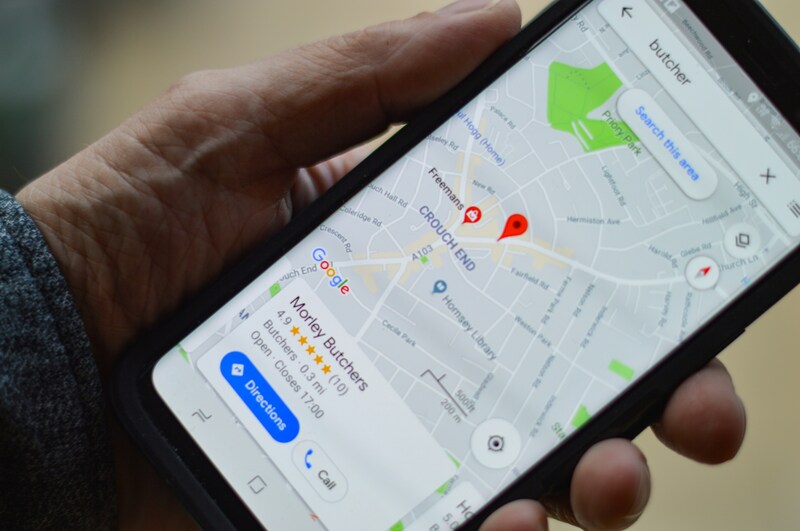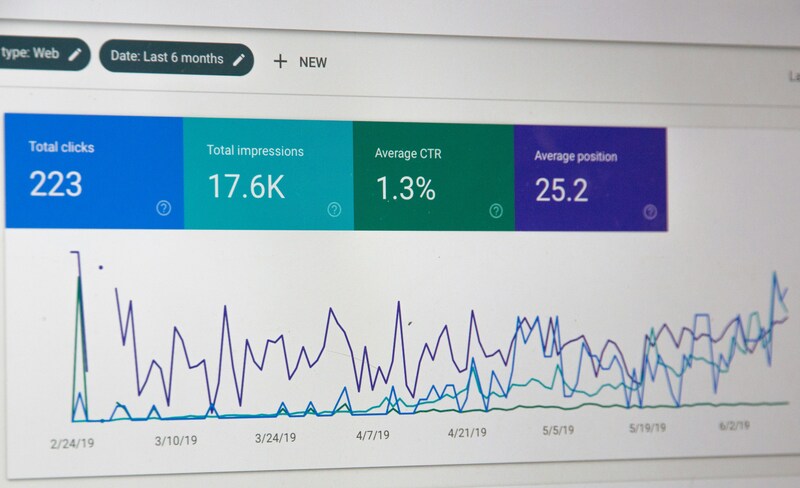In today’s fast-paced world, where convenience reigns supreme, local SEO has become essential for businesses striving to connect with their community. As mobile devices and voice-activated searches continue to gain traction, tuning your website for “near me” queries is vital for capturing the attention of potential customers right around the corner. In this blog post, we’ll dive into practical strategies for enhancing your rankings in “near me” searches and reveal why, in some cases, steering clear of “near me” in your content could benefit your overall SEO strategy.
Understanding Near Me Searches
“Near me” searches have become more prevalent as consumers prioritize convenience and quick solutions. By grasping the intricacies of these searches, businesses can adjust their marketing strategies to address local needs better. Effectively utilizing these keywords allows companies to improve visibility and foster meaningful connections with nearby customers.
What Are Near Me Searches?
“Near me” searches are localized search queries where users look for products or services in their immediate vicinity. For instance, someone might search for “coffee shops near me” or “electricians near me.” These searches typically indicate a strong intent to visit a business or purchase locally.
The Importance of Local SEO
Local SEO optimizes your online presence to attract more business from relevant local searches. By ranking well for “near me” searches, you connect with potential customers when they need your services, increasing foot traffic and boosting your revenue.
Criteria Google Uses for Local Ranking
Google employs several criteria to determine local rankings, which include:
Relevance: Google ranks local businesses based on how well they match a user’s search. To improve your ranking, include local keywords and highlight relevant products or services in your Google Business profile and website.
Distance: Google prioritizes businesses that are physically close to the searcher when displaying local results. This is a ranking factor you have little control over, so having a location in a high-traffic area can improve your visibility.
Prominence: This reflects how well-known and reputable your business is. Google considers factors like the number and quality of reviews, backlinks from reputable sites, brand mentions, website authority, and engagement on your Google Business profile. Businesses with strong online visibility and positive customer interactions tend to rank higher.
How to Optimize for Near Me Searches
When connecting with local customers, optimizing for “near me” searches is essential for boosting visibility and attracting traffic. By implementing targeted strategies focused on local engagement, businesses can effectively meet the needs of nearby consumers actively seeking services or products. Emphasizing local presence enhances discoverability and fosters trust and credibility within the community.
1. Leverage Your Google Business Profile
Setting up and optimizing your Google Business profile is crucial. This free tool allows businesses to manage their online presence across Google, including Search and Maps. Ensure your profile has accurate information, such as your address, phone number, hours of operation, service categories, and images. Encourage customer reviews, as these enhance your credibility and visibility.
2. Use Local Keywords in Your Content
Instead of explicitly using the phrase “near me,” focus on incorporating local keywords that indicate your area. For example, if you’re a bakery in Nashville, phrases like “best bakery in Nashville” or “Nashville bakery” can be more effective in drawing local traffic.
3. Optimize for Mobile Users
With many users performing “near me” searches on mobile devices, ensuring your website is mobile-friendly is paramount. A responsive design improves user experience, which Google rewards with higher rankings. Fast loading times and easy navigation also contribute to a positive mobile experience.
4. Create Location-Based Landing Pages
If your business serves multiple areas or has multiple locations, consider creating and optimizing individual landing pages for each location. This strategy allows you to tailor your content to those specific audiences and improve your chances of ranking for localized searches.
5. Build Local Link Profiles
Building relationships with other local businesses and organizations can lead to backlinks from relevant local sources. These links signal to search engines that your business is a trusted and valuable resource in the area.
Avoid the Phrase “Near Me” in Your Copy
Incorporating more natural and context-driven language in your content allows greater flexibility in addressing user queries. By prioritizing relevance and local context over specific phrases, you can enhance your chances of appearing in search results for a broader range of related queries. This strategy ultimately creates a more comprehensive and user-friendly experience.
1. Search Engine Intent
Users searching for “near me” are often looking for immediate solutions. Instead of using the phrase, focus on content that addresses local intent. This means answering questions and providing value related to your location without relying on the specific phrase.
2. Semantic SEO
Search algorithms have become increasingly sophisticated. Instead of exact matches, they now understand context and intent better than ever. By writing content that naturally encompasses local terms and addresses user needs, you can rank well without adhering strictly to keyword phrases.
3. Natural Language Processing
With the shift towards voice search, utilizing natural language phrases that relate to your services and local area can resonate more effectively with search engines and users. This approach not only helps improve your SEO but also enhances user engagement.
Maximizing Your Local Impact
As you implement these strategies to optimize for “near me” searches, you’ll improve your online visibility and foster stronger connections with your local community. The importance of “near me” searches cannot be overstated, as they directly correlate with user intent and potential foot traffic. If you’re looking for expert guidance in navigating the complexities of local SEO, consider reaching out to us. We can help you embrace the nuances of local SEO and watch as your efforts translate into increased foot traffic and sales.





